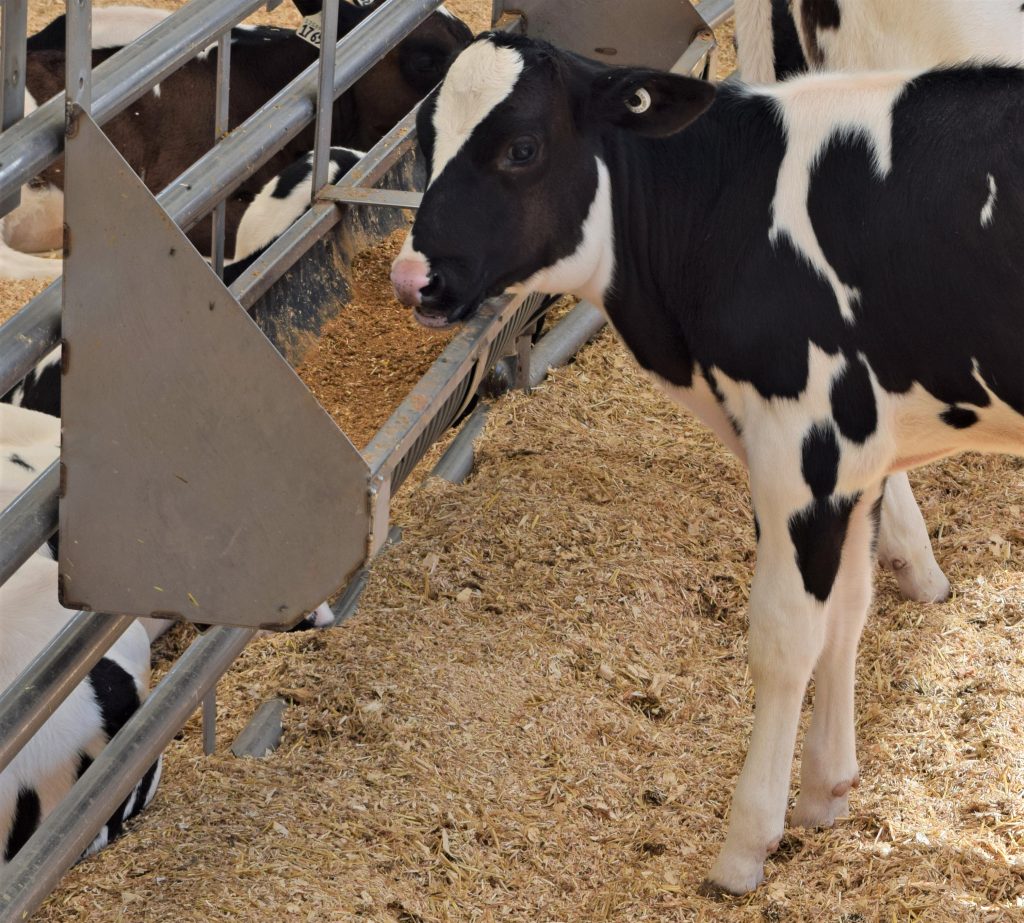Healthy Calf Conference
Follow to stay up-to-date on all Healthy Calf Conference updates. Speaker announcements, sponsorship information, registration announcements, and more.

Rumen development usually occurs during the first four to eight weeks of a calf’s life and is driven primarily through the intake of dry feed. If a calf is offered calf starter from an early age, the rumen will begin to develop within two weeks of birth. Rumens also need bacteria, liquid, outflow, and absorptive ability to develop. Calf starter quality plays a key role in helping the rumen thrive and prepare for weaning.
Bacteria
Different types of bacteria begin to establish in the rumen shortly after birth through the ingestion of air, milk, and surrounding materials, like straw.
Liquid
Bacteria in the rumen need water to ferment dry feed. Without adequate amounts of water, bacteria will not grow, which hinders ruminal development. Calves should be provided water at birth, not only when calf starter is being offered. Water does not cause the esophageal groove to close, so any water consumed will enter the rumen, unlike milk and milk replacers that enter the abomasum. Offering free choice water will promote starter intake and can increase average daily gain.
Outflow
Rumen pressure, contractions, and regurgitation (cud chewing) are measurements of ruminal outflow activity. This activity is very slow at first but should increase proportionally with dry feed intake.
Absorptive ability
Papillae are the small finger-like projections providing an absorptive surface for the rumen. Research shows that papillae development is determined in large part by dry feed intake.
Rumen development depends largely on when dry feed is made available to the calf. Providing calf starter and water is the best way to promote early dry feed intake. As with all types of feeds, however, the quality of calf starter plays a major role in its effectiveness, feed efficiency, and consumption rates.
Calf starter quality
All good starters require sufficient nutritional content. Without good palatability, however, the nutritional content will never be utilized. Palatability is generally highest with textured feed, followed by complete pellets.
Molasses, at about four to five per cent of the ration, is often used to increase the palatability of a calf starter. It also helps to control dust in the feed; however, starters with considerable amounts of molasses may freeze during winter or clump in hot, humid weather. Molasses is also a potential source for fly contamination.
As calves transition from a milk-based to a grain-based diet, it is important to have a proper weaning process in place to help prevent stalling of growth. Reduce the volume of milk being fed incrementally to promote consumption of calf starter. Do not fill the grain bucket with more calf starter than what will be consumed between feedings. This will help keep the feed fresh. Remember, calves are ready to be weaned when they eat at least one kilogram of starter per day for three consecutive days.
Follow to stay up-to-date on all Healthy Calf Conference updates. Speaker announcements, sponsorship information, registration announcements, and more.
The Codes of Practice are nationally developed guidelines for the care and handling of farm animals. They serve as our national understanding of animal care requirements and recommended practices.